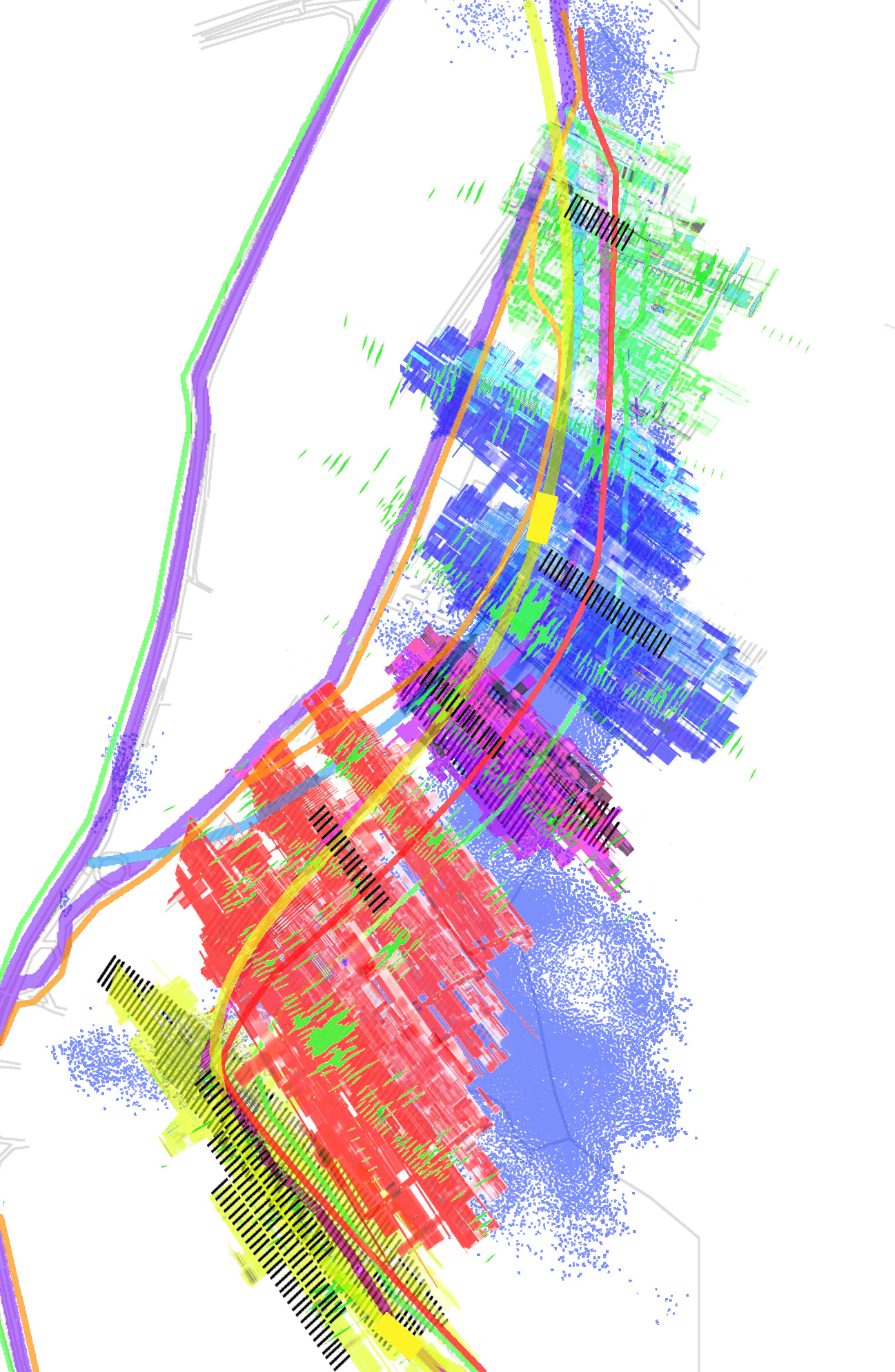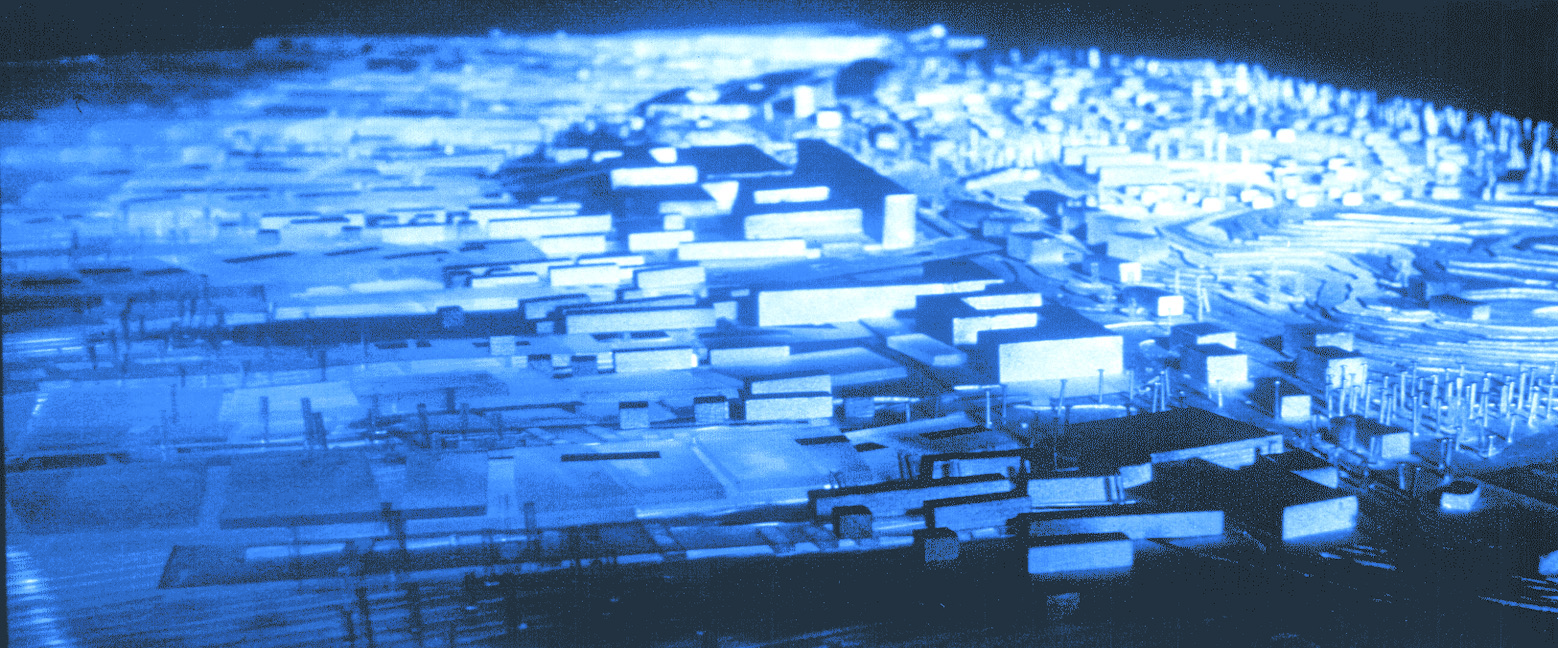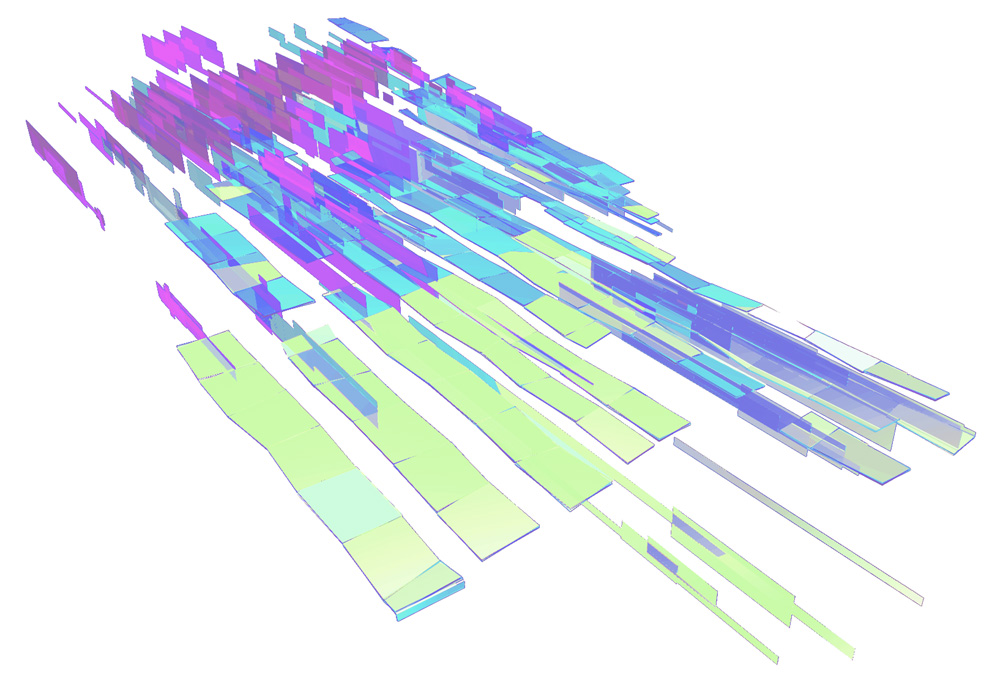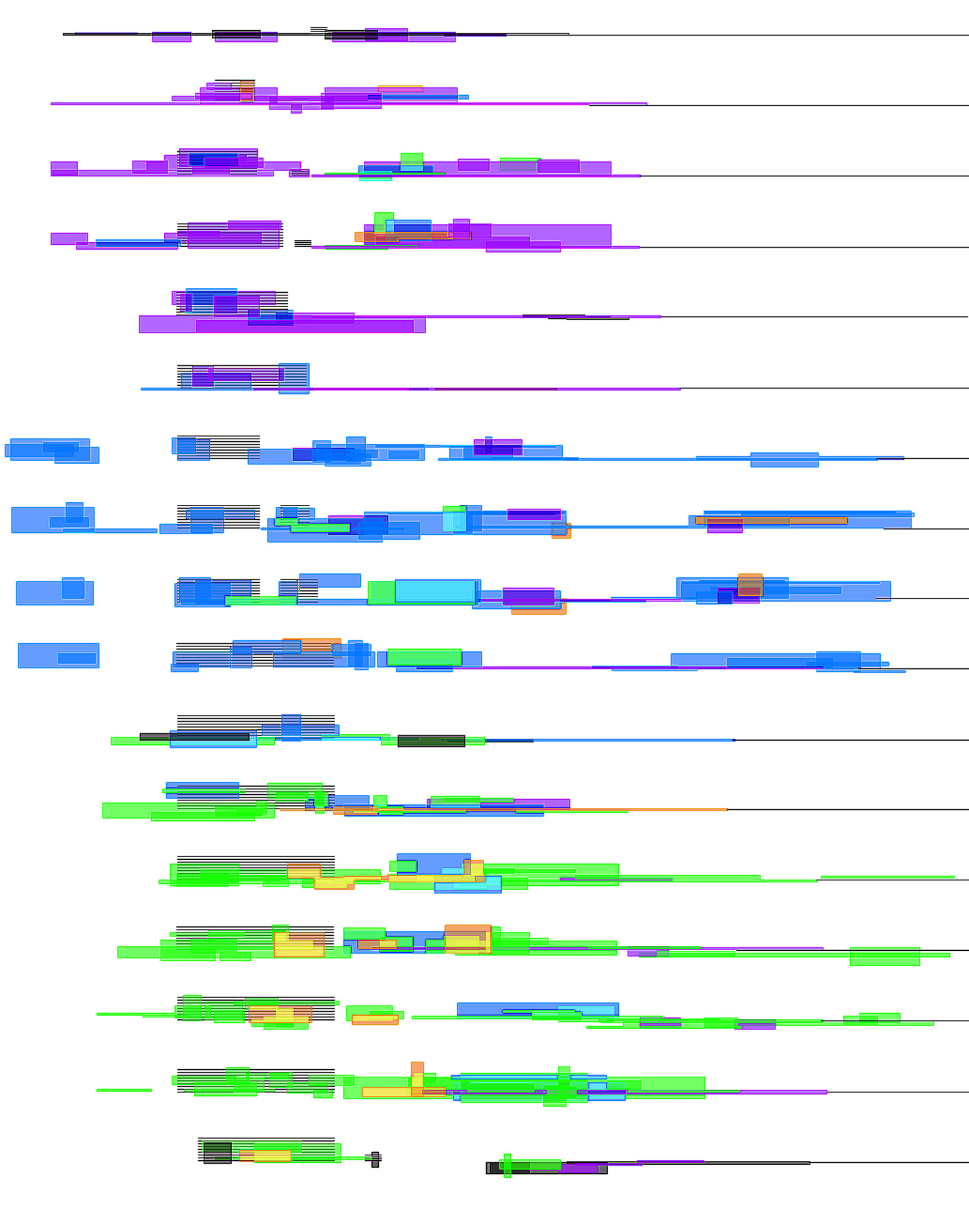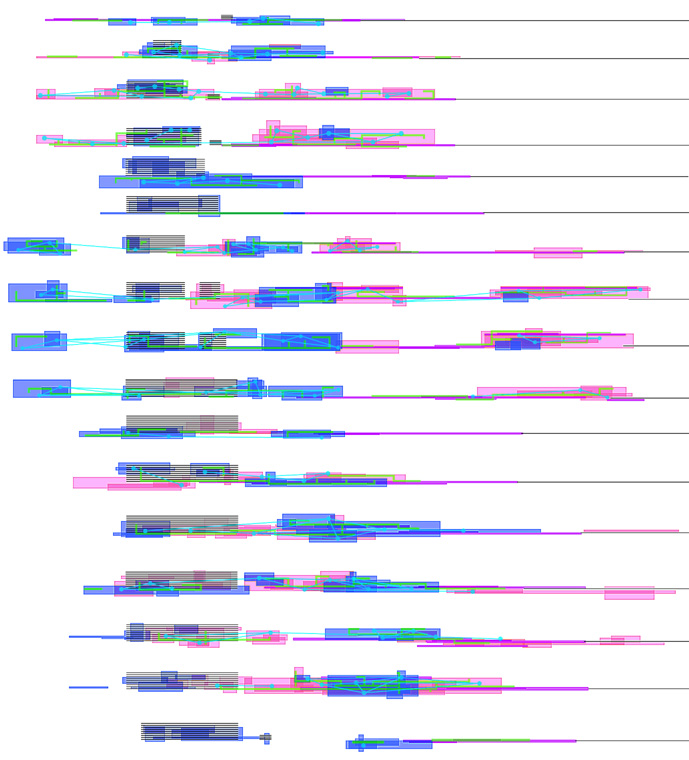Arabianranta Urban Masterplan and Urban Design Study, Helsinki, Finland
Commissioned Design Studies (3 Phases): UIAH, Helsinki
3km2 coastal site in north Helsinki
OCEAN UK: Tom Verebes, Michael Hensel, KIvi Sotamaa, Tony Jones, Toni Kauppila, Andrew Yau, Vike Koskelo, Juga Loukola, Ville Rantanen, Tomas Palmgren, Lucas Borer; Yellow 6 (Rashid Molinary, Bill Szustak, Chris Meyer).
Strategic Consultant: Ron Kenley
Role: Design Direction, Design, presentation
Arups Transportation: Juan Alayo, Malcolm Simpson
Arups Environment
Exhibitions:
- Archilab 2000, Orléans, France, 2000
- 7th Triennaleof Baltic Contemporary Art, Vilnius, Lithuania, September, 1999
- Continuum, Centre for Contemporary Arts, Glasgow, UK, August-September, 1999
- Freezone, Berlin, Germany, March-April, 1998
- OCEAN Net: Urban Surfaces 97, Henie-Onstad Art Centre, Oslo, Norway, December, 1997-January 1998
- L’espace A Lien, Ecole d’ architecture de Grenoble, France, May, 1997
- Strategic Urbanism for European Transition: The New North-South Corridor, Budapest, Hungary, May, 1997
- TheCreative City Confernce & Exhibition, University of Art & Design UIAH, Helsinki, Finland, August, 1996
- OCEAN Net: Urban Surfaces 96, Architectural Association (AA), London, September-October, 1996
- Twenty Young Architects, 8th World Triennial of Architecture, Sofia, Bulgaria, June, 1997
Publications:
- OCEAN Network, (2000). 10×10: 100 Architects 10 Critics. (Mostafavi, M., Chapter Ed.; Constantinopoulos, V.,
- Hensel, M., Verebes, T. (1999). Urbanisations. London: Blackdog Publications.
- Möystad, O., (1998). “Architectuurpraktijk in de vorm van een network: Een beschouwing over de werkwijze van de groep OCEAN”, De Arkitekt, Issue 29, June 1998. Amsterdam: Ten Hagen. pp. 52-59.
- OCEAN UK, (1998). ‘OCEAN UK Profile’. Space Magazine, Issue 11. Seoul, South Korea: Space. pp. 88-109.
- OCEAN UK, (1997). “OCEAN UK”, Architectural Design AD, Architecture After Geometry issue. (Bates, D., Davidson, P., Guest Eds.). London: Academy Wiley. pp. 58-65. (International PEER-REVIEWED Publication)
- OCEAN UK, (1997). “OCEAN UK Arabianranta Masterplan”. Creative Cities: Cultural Industries, Urban Development and the Information Society. (Verwijnen, J., Lehtovuouri, P., ed.). Helsinki: UIAH.
- OCEAN UK, (1997). “OCEAN UK Practice Profile”, Urban Design Quarterly, Issue 62, April 1997. pp. 40-41. (International PEER-REVIEWED Publication)
- OCEAN, (1997). “OCEAN”, Arttu!. Helsinki: University of Industrial Arts Helsinki (UIAH). pp.1-48
Arabianranta is a 3 km2 coastalsite located north-east of central Helsinki. The site has been reclaimed incrementally reclaimed from over a century of toxic landfill by nineteenth century industries located along the coast. The initial analysis of the existing City Planning Department masterplan detects several valuable diagrammatic qualities, which are maintained, whilst subverting the inherent exclusive single use zoning of the existing proposal. As a response to the critical failures of urban planning, the three phased study describes sectional design policies to guide a potential blending of urban public surfaces, private territories, built volumes, and coastal urban landscape systems. The strategies extend the peninsular and archipelago landscape organisation, integrating the site into the linear park system of Helsinki via a multiple coastline structure. Five programmatic zones of intensity are interspersed with the continuous coastal landscape, aiming to install the various constituents, including: an Ecological Research Facility adjacent to two existing universities and a bird reserve; an Edu-tainment zone of media production and consumption; a Marine Transportation Node for passenger and recreational boating; a Soft Commerce zone that aims to adapt and densify existing small-business organisations; and, a Road and Rail Transportation Node that progressively integrates existing amenities. ARUPS Consulting Engineers strategised an infrastructural and ecological incremental phasing scheme. The urban design strategies yield the coexistence of multiple programmatic surfaces on each lot, intertwined within a co-operative logic of public and private ownership. The site is assumed to be complete given all potential scenarios and, at any stage of the development of the proposed strategies.

